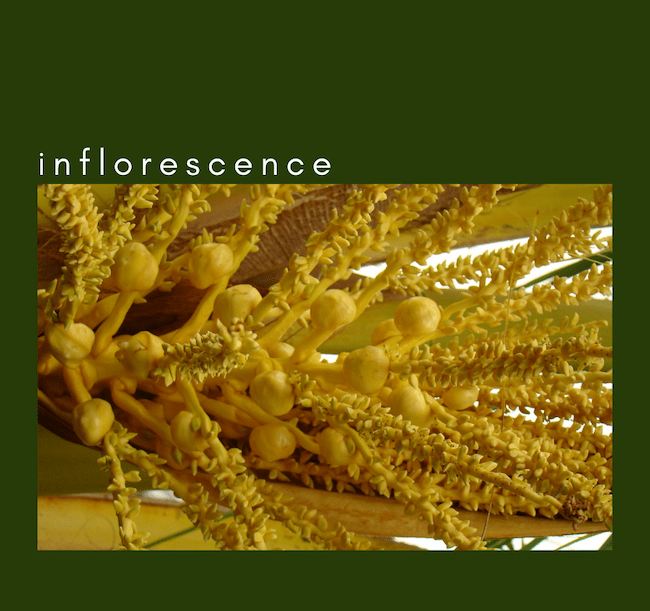Every Edible Part of the Coconut

Coconut is one of the most important crops in the Philippines with the country being the second-largest producer in the world. Recently, Village Pipol Magazine went on a three-day trip with the Department of Tourism’s Calabarzon office. The trip revolved around having a farm-to-table experience. We visited at least nine farms to show off unique ways of cooking and serving food from organic crops at farm tourist sites.
Also known as the tree of life, it actually has a lot of edible parts and you can use it for culinary purposes. Commonly used for its water, milk, oil, and tasty meat, coconut trees are considered the most naturally widespread fruit tree on the planet. Today, coconuts remain cultivated around the globe and have become increasingly popular for their flavor, culinary uses, and many potential health benefits.

Why are coconuts important?
Unlike many other fruits that are high in carbs, coconuts provide mostly fat. They also contain protein, several important minerals, and small amounts of B vitamins. Aside from that, they also have manganese, which remains essential for bone health and the metabolism of carbohydrates, proteins, and cholesterol. Rich in copper and iron, it also helps form red blood cells.
With thorough research, coconuts also have antibacterial effects. Some studies found that coconut oil help blocks the growth of certain bacteria strains. Virgin coconut oil even inhibits the growth of Staphylococcus aureus, a type of bacteria that causes staph infections.
Coconuts may even promote blood sugar control since it is low in carbs and high in fiber and fat. Another review suggests that coconut oil may help lower blood sugar levels due to its anti-inflammatory properties and antioxidant content. The high fiber content also helps slow digestion and may potentially improve insulin resistance.
Coconut contains powerful antioxidants as its meat has phenolic compounds, protecting cells from oxidative damage. The main phenolic compounds identified include:
- gallic acid
- caffeic acid
- salicylic acid
- p-coumaric acid
During this trip, Village Pipol Magazine went to Casa San Pablo where they taught us about every edible part of the coconut.
Inflorescence and spathe
The inflorescence of coconut is compound spadix, a type of racemose inflorescence. The spathe, on the other hand, is the scope-like structure that encloses the inflorescences or the flowers of the tree.


Mala-uhog
Basically inspired by its name, it is a little bit mucus-y on the inside. The coconut meat inside is softer and fresher.

Mura or buko
Mura is basically a young coconut fruit. Meanwhile, the buko is the most prized among these. It can be an instant drink or a snack in a shell if you can even crack it open.

Alangan
In Quezon, alangan is the word derived from the Tagalog word alanganin. Because it is in the middle of the coconut’s growth, it has the possibility of growing hard or remaining soft. It has a neutral taste and texture.

Niyog
Niyog usually brings to mind the tougher, more mature flesh. When you need grated coconut, you grate niyog. As for the buko, it is soft enough to be scooped off the flesh with a spoon.

Tubo
In the last stage, when the seedling finally sprouts to become a new tree, there is a surprise ending. If you crack open the coconut, you find somewhat of a pearl inside. This is the tubo, a spongy growth that can be scooped out and eaten fresh or candied in a simple syrup and served as a topping for halo-halo.

Angela Grace P. Baltan has been writing professionally since 2017. She doesn’t hesitate to be opinionated in analyzing movies and television series. Aside from that, she has an affinity for writing anything under the sun. As a writer, she uses her articles to advocate for feminism, gender equality, the LGBTQIA+ community, and mental health among others.






